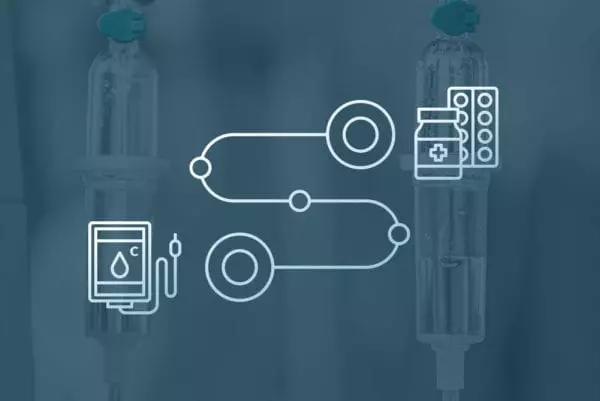
Peritoneal mesothelioma survival rates have improved in recent years, largely due to
advancements in treatment. Combination treatments have offered patients new options to
extend life expectancy. For example, cytoreductive or debulking surgery combined with a
heated chemotherapy wash called hyperthermic intraperitoneal chemotherapy (HIPEC) has
proven to extend survival to five years or more for many patients.
However, patients with more advanced disease may not be eligible for surgery and HIPEC.
Those diagnosed at a later stage often face limited options that may not be as effective. A new
case study observed the impact of bidirectional chemotherapy for patients with unresectable
peritoneal mesothelioma and found positive results.
Case Study Shows Efficacy of Bidirectional Chemotherapy
Although malignant peritoneal mesothelioma doesn’t have a defined staging system, many doctors rely on the Peritoneal Cancer Index (PCI) to determine the stage of the disease. PCI breaks the abdominal area into 13 distinct regions, which are then scored 0 to 3 based on the presence and size of tumors. The total score indicates a stage of disease, with the highest score of 39 indicating stage 4 mesothelioma.
Patients with a higher PCI score are generally not eligible for surgery. Instead, patients with a more advanced form of the disease may be treated with other standard treatments, like systemic chemotherapy or radiation therapy. Research indicates these therapies are less effective in peritoneal mesothelioma and may be applied palliatively, to reduce symptoms, rather than extend life expectancy.
However, new research suggests a newer application of chemotherapy can allow patients with previously unresectable disease to undergo surgery.
Bidirectional chemotherapy works by combining intravenous chemotherapy with intraperitoneal chemotherapy, where the therapy is delivered directly into the abdominal cavity through a catheter. The dual application is more targeted than intravenous chemotherapy alone.
A new case study from Université de Lille observed the impact of bidirectional chemotherapy in a 55-year-old patient with stage 4 peritoneal mesothelioma. The patient indicated a PCI score of 39 before treatment. Doctors further noted the patient had a thickened omentum (i.e., the abdominal membrane connecting the stomach to other organs) and ascites (i.e., increased fluid in the abdominal cavity).
Doctors applied intravenous chemotherapy consisting of cisplatin with pemetrexed and intraperitoneal chemotherapy of cisplatin alone. The patient’s response to the bidirectional chemotherapy was recorded through a CT scan and laparoscopy (a camera-assisted biopsy) to view the abdominal wall.
Following bidirectional chemotherapy, doctors noted the PCI score remained 39, but the patient experienced a macroscopic response. Because the tumors and thickened omentum seemed thinner overall, the patient was then eligible for cytoreductive surgery with HIPEC to extend survival.
Similar Study of 20 Patients Shows Positive Results
An earlier study observed the impact of bidirectional chemotherapy in 20 patients with initially unresectable peritoneal mesothelioma. The patients were treated between January 2013 and January 2016.
Prior to treatment, researchers noted the average PCI score was 27, though scores ranged from 15 to 39.
The patients underwent various cycles of intravenous chemotherapy. Intraperitoneal chemotherapy was administered approximately 118 times across all 20 patients during the course of treatment. Application of the bidirectional chemotherapy had minimal side effects, with 85% of patients reporting no pain or only mild pain at the application site.
After an average of three cycles of bidirectional chemotherapy, researchers noted a 60% clinical response rate. At this point, the average PCI score was 18. Patients’ PCIs ranged from 0 to 35. Researchers noted they considered surgery for 55% of the participants at this stage.
Ultimately, 50% of patients in the study were able to undergo cytoreductive surgery with HIPEC following the bidirectional chemotherapy treatments. These patients had a median PCI score of 14.
Overall, researchers saw positive survival impacts for patients treated with bidirectional chemotherapy alone and those who later underwent surgery and HIPEC. After a follow-up period of 18 months, they noted the 2-year overall survival rate for patients treated with bidirectional chemotherapy was 44%. The 2-year survival rate for patients who underwent bidirectional chemotherapy followed by surgery and HIPEC was 83.3%.
The researchers from this study, as well as those from the recent case study, noted bidirectional chemotherapy is a well-tolerated, effective option for patients with more advanced, unresectable disease. Bidirectional chemotherapy shows better response rates than other standard treatments, such as systemic chemotherapy. Research shows the treatment can improve survival and quality of life when applied alone or before surgery.




